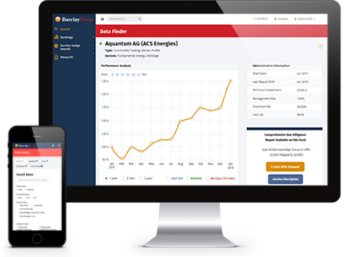Event-driven investing is an investing strategy that seeks to exploit pricing inefficiencies that may occur before or after a corporate event, such as a bankruptcy, merger, acquisition or spinoff.
To illustrate, consider what happens in the case of a potential acquisition. When a company signals its intent to buy another company, the stock price of the company to be acquired typically rises. However, it usually remains somewhere below the acquisition price—a discount that reflects the market’s uncertainty about whether the acquisition will truly occur.
That’s when event-driven investors enter the picture. An event-driven investor will analyze the potential acquisition—looking at the reason for the acquisition, the terms of the acquisition and any regulatory issues (such as antitrust laws)—and determine the likelihood of the acquisition actually occurring. If it seems likely that the deal will close, the event-driven investor will purchase the stock of the company to be acquired, and sell it after the acquisition, when its price has risen to the acquisition price (or greater).
Event-driven investing strategies are typically used only by large institutional investors, such as hedge funds and private equity firms. That’s because traditional equity investors, including managers of equity mutual funds, do not have the expertise necessary to analyze many corporate events. But that’s exactly how event-driven investors make money.
To illustrate, let’s go back to our example of a potential acquisition and consider how a traditional fund manager looks at the situation. Let’s say the manager holds the stock of the company that is to be acquired. When the planned acquisition is announced, the stock rallies (partly as a result of event-driven investors buying it). The traditional manager doesn’t have the expertise to determine if the deal will go through, so he or she will often sell the stock before the acquisition occurs, realizing a solid profit and sacrificing the remaining upside (that is, any additional profit that he or she would have realized by holding the stock until after the acquisition). That additional upside is locked in by the event-driven investor.
Event-driven investing is often used by investors who also use distressed-investing strategies. As explained in Investing in Distressed Securities, distressed securities are securities—most often corporate bonds, bank debt and trade claims—of companies that are in some sort of distress, such as bankruptcy. That’s because event-driven and distressed investing strategies may be complementary. Event-driven investing tends to work best when the economy is performing well (because this is when corporate activity is highest). Distressed investing, on the other hand, tends to work best when the economy is performing poorly (because this is when companies tend to become distressed).
While event-driven investing can be profitable, event-driven investors must be willing to accept some risk. Many corporate events do not occur as planned. This can ultimately reduce the price of a company’s stock and cause an event-driven investor to lose money. As a result, event-driven investors must have the knowledge and skill to accurately assess whether a corporate event will actually occur.
In summary, then, while a company subject to a complex event may not sound like a great investment opportunity, it could be—for sophisticated investors who have the expertise to evaluate the event and are willing to accept increased risk.
Get comprehensive and up-to-date information on 6900 + Hedge Funds, Funds of Funds, and CTAs in the Barclay Global Hedge Fund Database.


